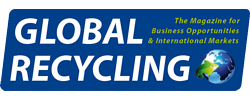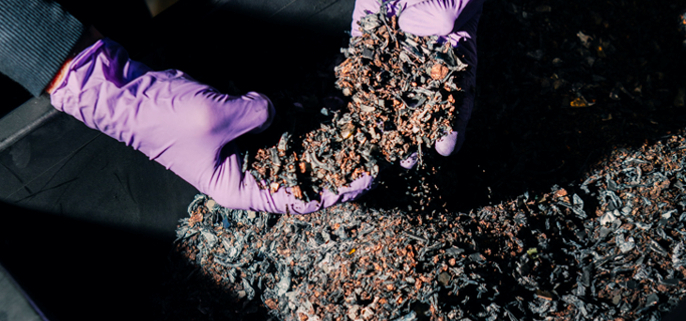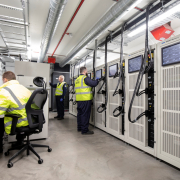Lithium Recovery from Spent Electric Vehicle Batteries
European companies cylib and Syensqo reported a significant milestone in circular battery materials processing by producing high-purity lithium hydroxide from spent electric vehicle (EV) batteries.
According to the joint press release, this collaboration would mark a major advancement in the recovery of valuable materials, “as very few recycling companies today can produce lithium at battery-grade, especially lithium hydroxide, the preferred form of lithium for new EV batteries”. This achievement would enable the extraction and purification of lithium from shredded battery electrodes, known as black mass, from different battery chemistries, such as NMC (nickel-manganese-cobalt) and LFP (lithium-iron-phosphate), on a single operating line. That approach would simplify the recycling process, increases versatility and potentially reduces capital expenditures (CAPEX).
“Syensqo’s technology perfectly complements cylib’s hydrometallurgical process, enhancing both the yield and purity of recovered lithium,” Laurent Cohen, in charge of Strategic Development and Alliances for Mining Solutions at Syensqo, was cited. “By combining our expertise in solvent extraction with cylib’s process, we’re establishing a scalable, high-purity lithium recovery route aligned with Europe’s circular economy and battery regulation goals.”
As part of the project, hundreds of liters of cylib’s lithium-rich effluent were processed by Syensqo using an extraction technology co-developed with its engineering partner, Tenova Advanced Technologies. The process uses CYANEX 936P, Syensqo’s proprietary solvent extractant. Following extraction, purification, conversion and crystallization, the resulting product meets, and in some respects exceeds, the strict purity standards required by leading cathode active material (CAM) manufacturers, the information said.
“This collaboration with Syensqo demonstrates our commitment to working continuously with partners to develop new processes and expand our technological leadership in battery recycling,” Matthias Breidenbach, Vice President Commercial at cylib, informed. “By combining our innovative hydrometallurgical expertise with Syensqo’s advanced solvent extraction technology, we are setting new standards for lithium recovery efficiency and purity.”
As emphasized, this achievement also advances the objectives set by the European Union for lithium recovery in battery recycling. According to the Battery Regulation (EU) 2023/1542, adopted two years ago, recyclers must recover at least 50 percent of the lithium content in battery waste by the end of 2027, and no less than 80 percent by the end of 2031.
(Published in GLOBAL RECYCLING Magazine 3/2025, Page 19, Photo: cylib/Jann Höfer)







